Menu
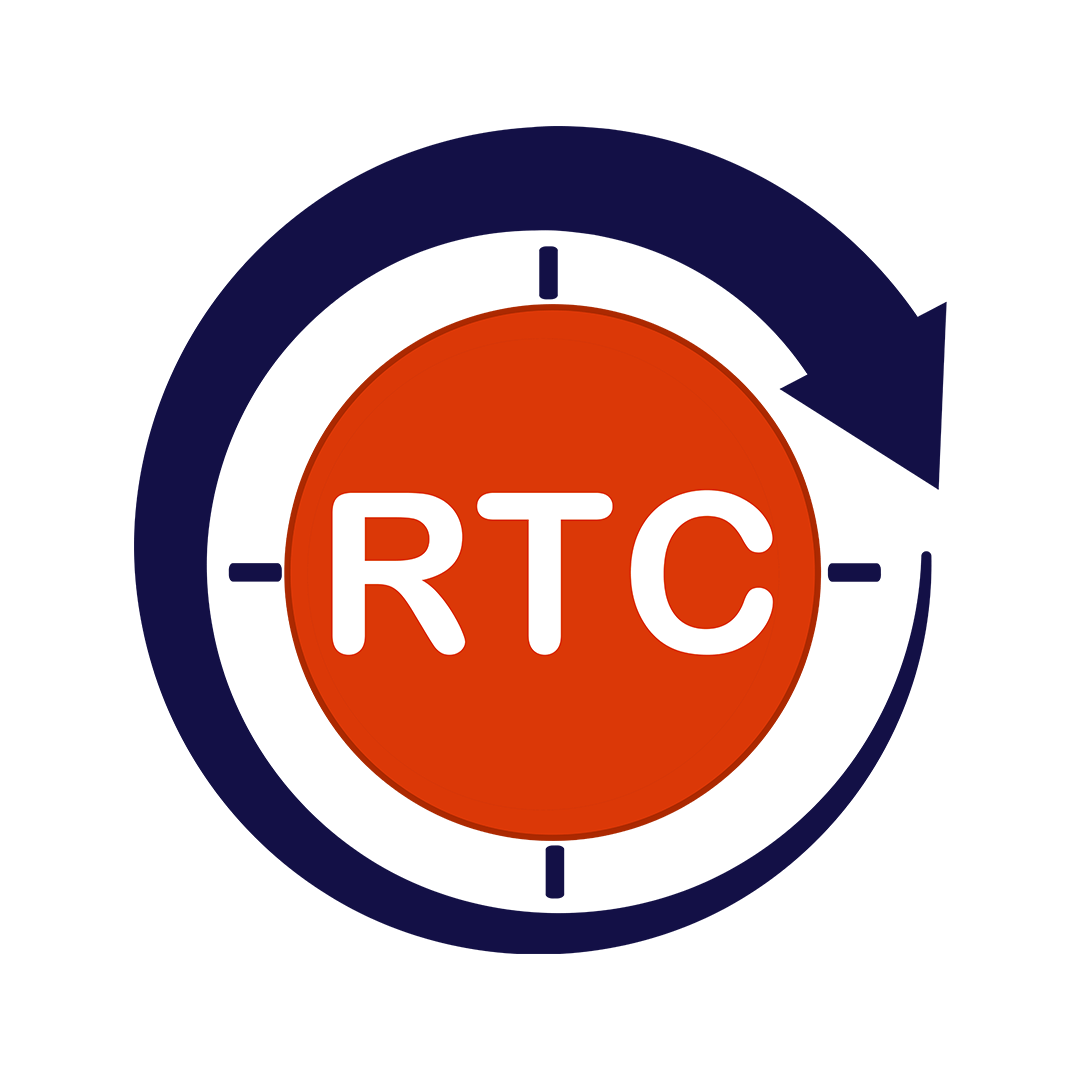

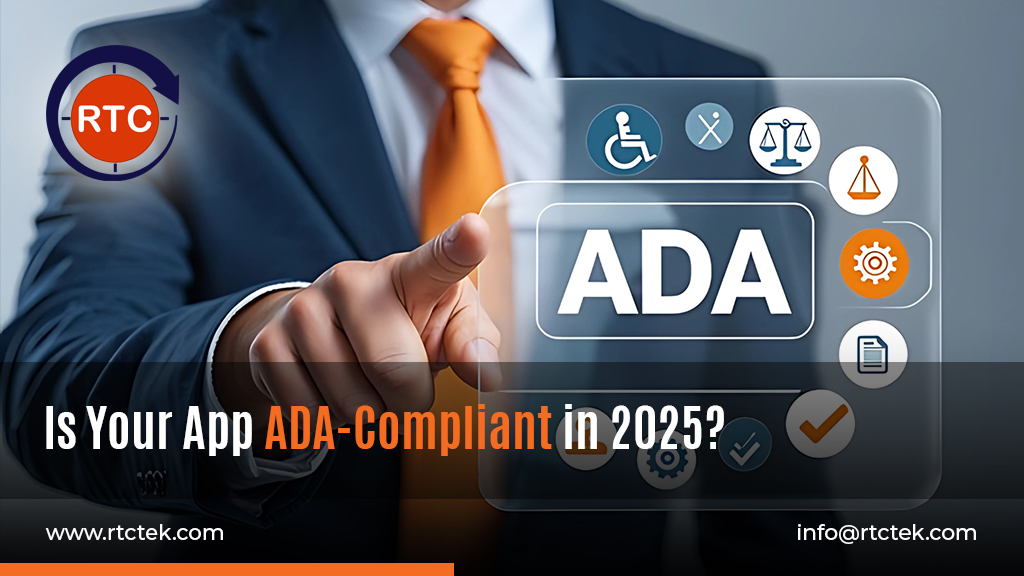
In 2025, accessibility is no longer optional. It’s an ethical obligation, a legal requirement, and a critical business differentiator. The Americans with Disabilities Act (ADA) mandates equal access to digital products and services—including mobile and web applications—for people with disabilities. Yet many organizations still fall short. A 2024 WebAIM study found that 95.9% of homepages …

The internet is a vital part of modern life, yet millions of users with disabilities face barriers when interacting with digital content. Traditional accessibility measures, such as screen readers and alternative text, have made progress, but the future of web design is embracing a more holistic approach: multi-sensory web design. By integrating haptic feedback, enhanced …
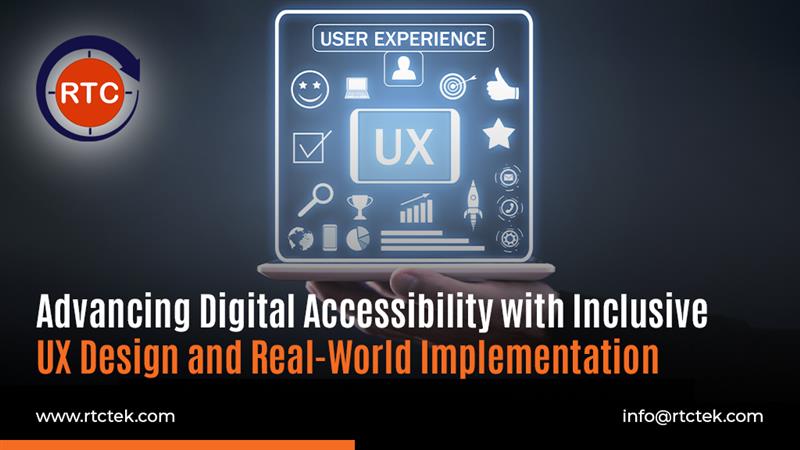
Nowadays, accessibility is more than just a compliance requirement—it is a critical component of user experience (UX) design that ensures equal access for all users, including those with disabilities. A truly inclusive digital environment goes beyond regulatory adherence, focusing on usability, engagement, and seamless interaction for diverse user groups. This blog explores the fundamental principles …
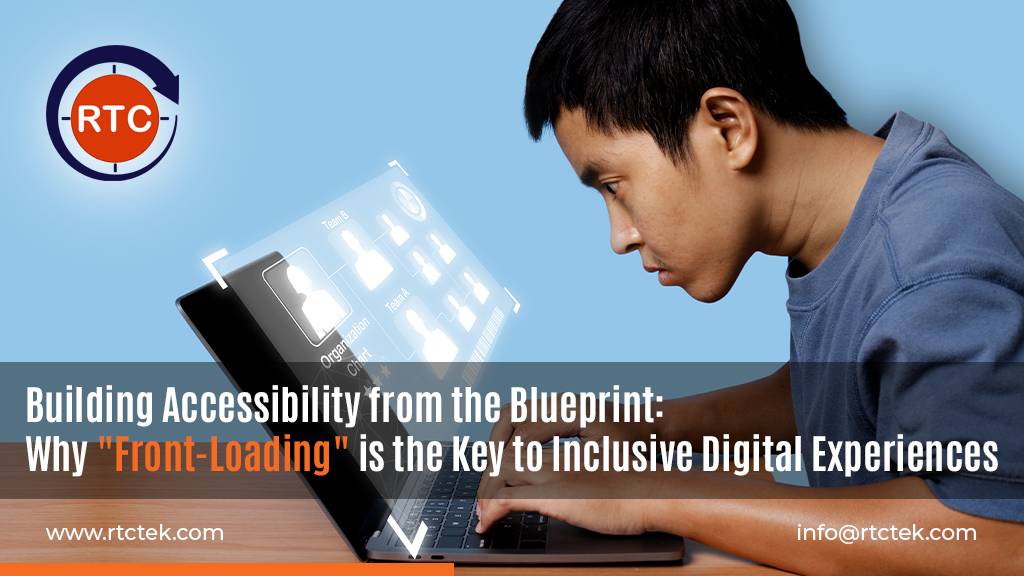
Imagine constructing a building without considering wheelchair ramps or accessible elevators. It would be a fundamental oversight, impacting a significant portion of the population. In the digital realm as well, we often commit a similar error, treating accessibility as an afterthought. This reactive approach not only incurs significant costs and delays but also perpetuates exclusion. …

Digital accessibility is essential, not a niche concern. Businesses are recognizing the importance of creating inclusive experiences for everyone, including people with disabilities. This commitment to accessibility should be reflected not only in products and services but also in the very documents that govern their creation: contracts, Statements of Work (SOWs), and Requests for Proposals …

Digital content accessibility is more critical than ever in today’s information-driven world. With the rapid evolution of eBooks and online publications, ensuring that digital content is accessible to everyone, including individuals with disabilities, has become a necessity rather than a choice. One of the most effective solutions in achieving this goal is accessible ePub (Electronic …
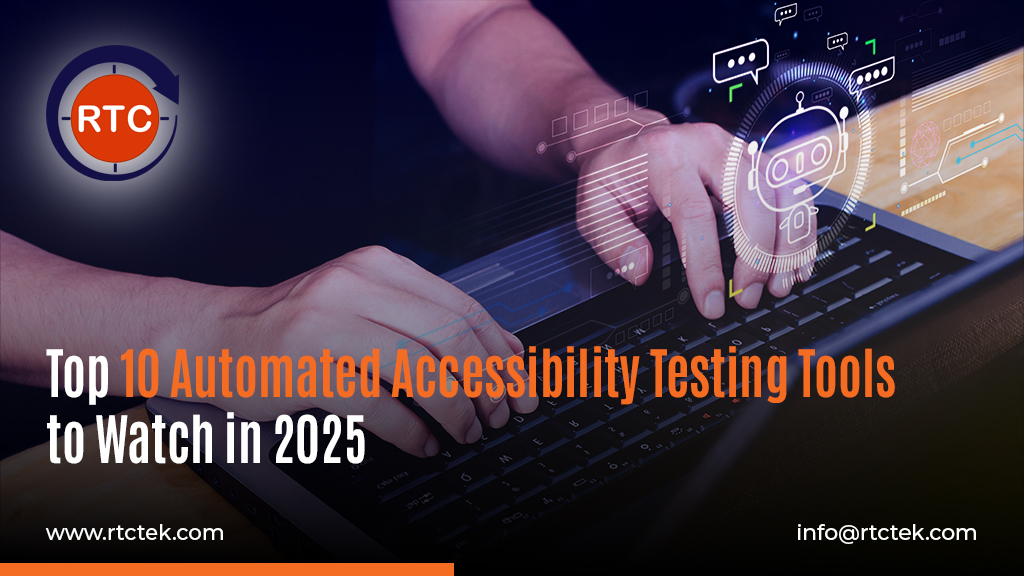
Accessibility testing is an integral aspect of web development, ensuring that applications and websites are usable by all, including people with disabilities. With the global push toward inclusivity, companies and developers are increasingly prioritizing accessibility in their designs and offerings. However, ensuring compliance with accessibility standards like WCAG (Web Content Accessibility Guidelines) can be a …

The Voluntary Product Accessibility Template (VPAT) is an essential tool for businesses committed to digital accessibility. It enables organizations to document a product’s compliance with accessibility standards, ensuring inclusivity for users with disabilities. However, choosing the right VPAT for your product can be a complex process that requires careful consideration. This guide will walk you …
Input your search keywords and press Enter.